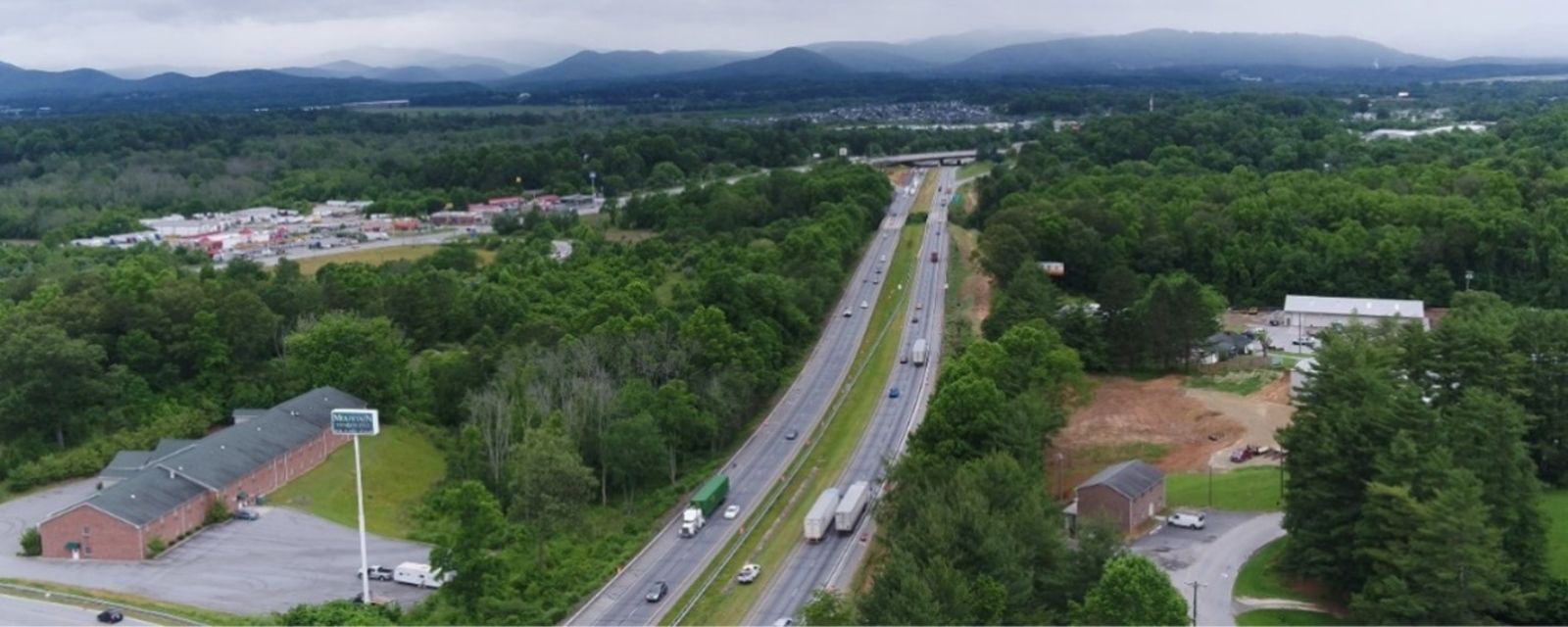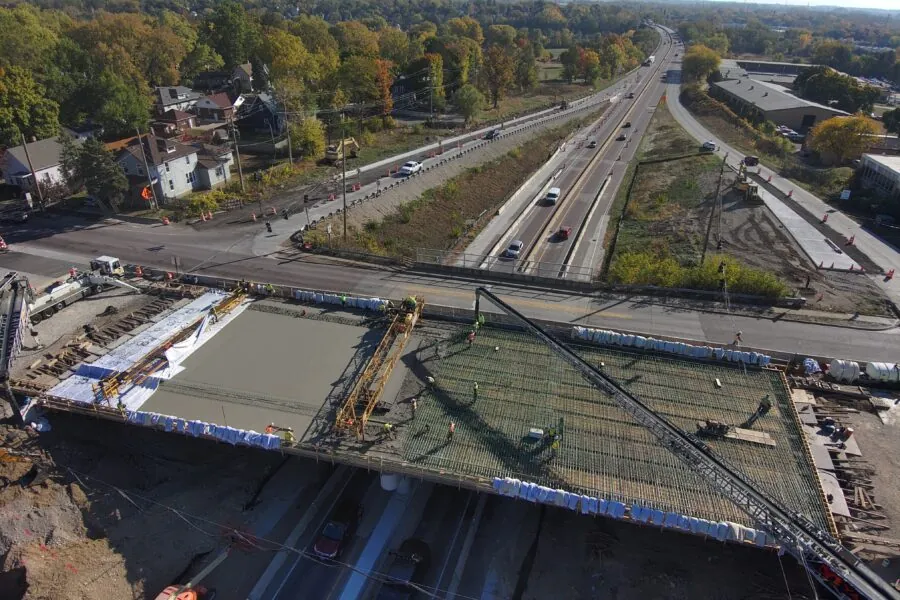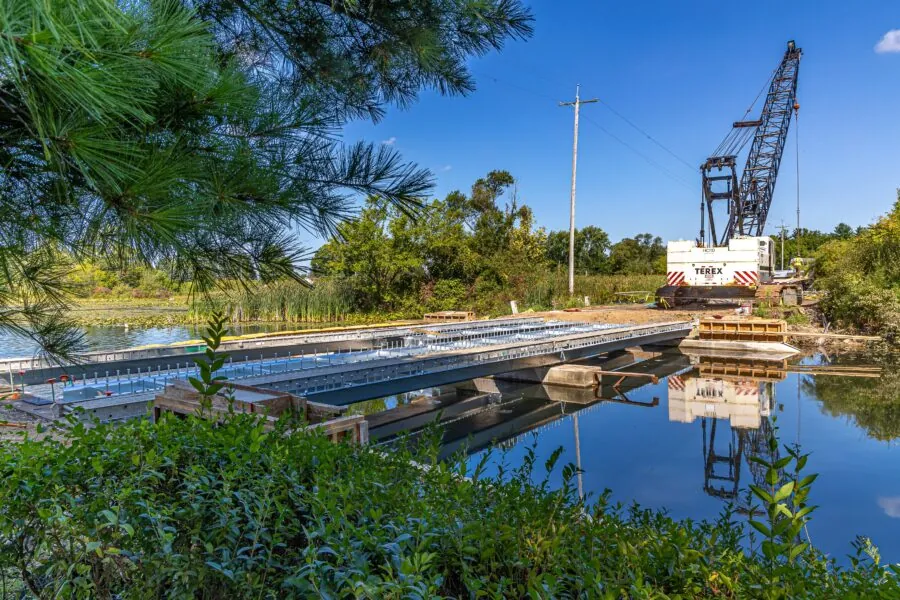
NCDOT I-26 Widening CEI Services
Project Details
Client / Owner
North Carolina Department of Transportation
Delivery Method
Design-Bid-Build
Construction Value
$271 million
RS&H is providing CEI Services for the I-26 Widening project (TIP: I-4400 BB/C) which consists of approximately 9.1 miles of improvements to I-26 from just north of US 64 (Exit 49 – Chimney Rock Road) to just south of NC 280 (Exit 40 – Airport Road) and ties into the I-26 project to the north (TIP: I-4700 A/B). This $271,226,964 project is being constructed by Archer Wright Joint Venture. I-4400 BB/C is a complete reconstruction project replacing the existing four lanes of concrete pavement and concrete pavement with asphalt overlay with a hybrid of six/eight new lanes of Portland Cement Concrete Pavement (PCCP). The final pavement will consist of 13 inches of PCCP, on top of an SP 9.5 asphalt surface layer, a geotextile interlayer, 12 inches of aggregate subgrade Type 1, and a non-woven geotextile soil stabilizer (aka Geogrid). The pavement design is consistent with typical PCCP designs of similar traffic.
The inside and outside shoulders will be full depth paved shoulders with shoulder drain in the median and outside shoulders to protect the concrete pavement. In addition to the roadway widening and reconstruction, the project consists of the reconstruction of three mainline bridges (Clear Creek, Blue Ridge Southern Railroad, and Cane Creek), three culvert extensions/improvements (Featherstone Creek, Byers Creek, and Kimsey Creek), and five crossover bridge replacements (Clear Creek Road, Brookside Camp Road, Naples Road, Butler Bridge Road, and Fanning Bridge Road). Four of the crossover bridges will be constructed adjacent to the existing bridge, allowing for the existing bridges to remain in service during construction, however, one will be constructed along the existing alignment (Butler Bridge Road), requiring off- site detours. The Rest Areas on the Buncombe/Henderson County line will be completely expanded and reconstructed, along with the pavement at the weigh stations will be reconstructed. The US 25 interchange will be converted to a Diverging Diamond Interchange (DDI), with no major reconstruction of the existing bridge other than removal and reconstruction of medians to establish the proposed traffic patterns and alignment.



